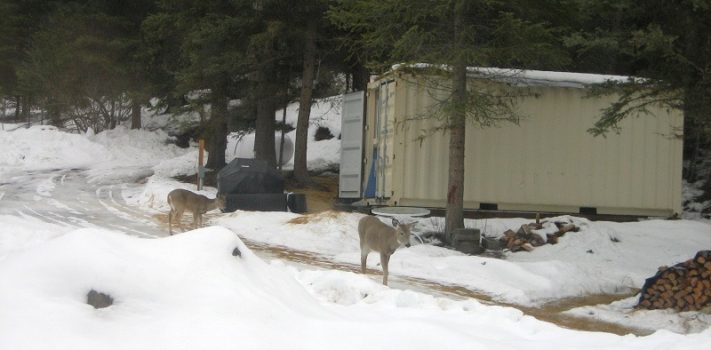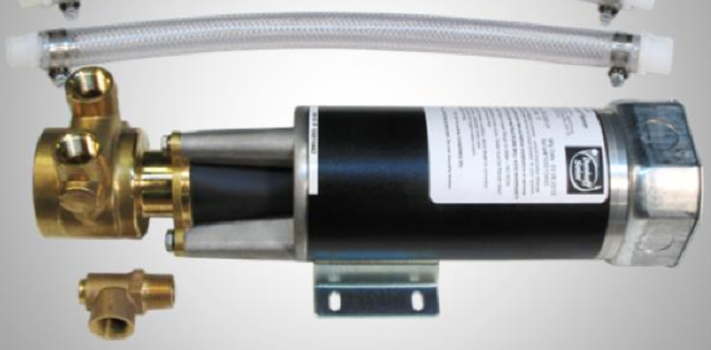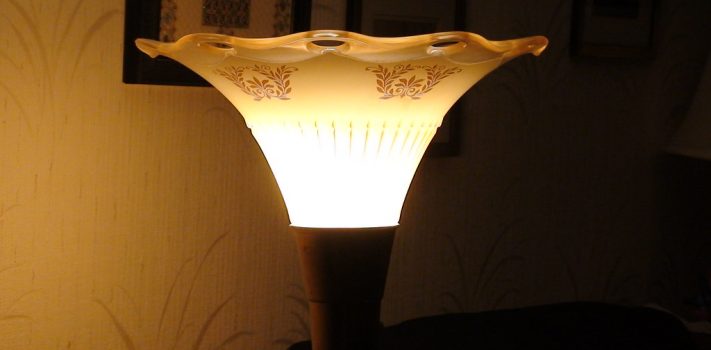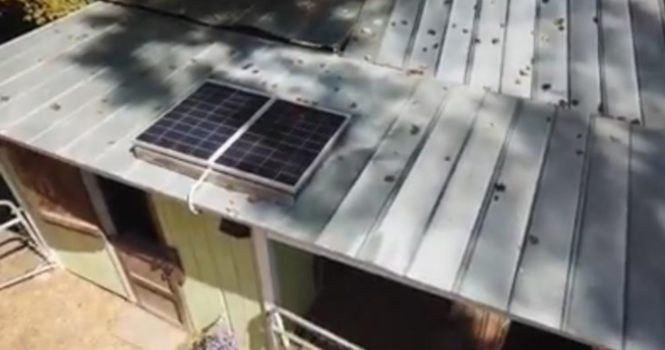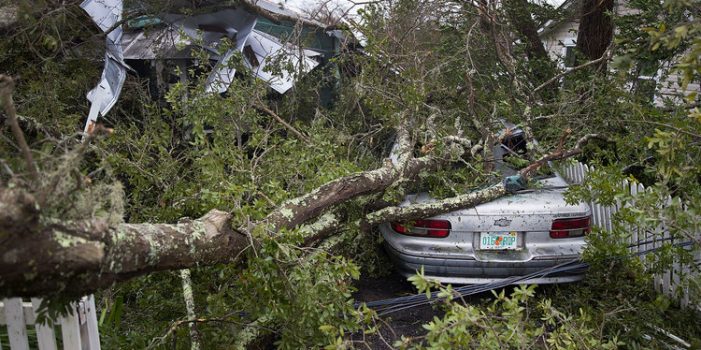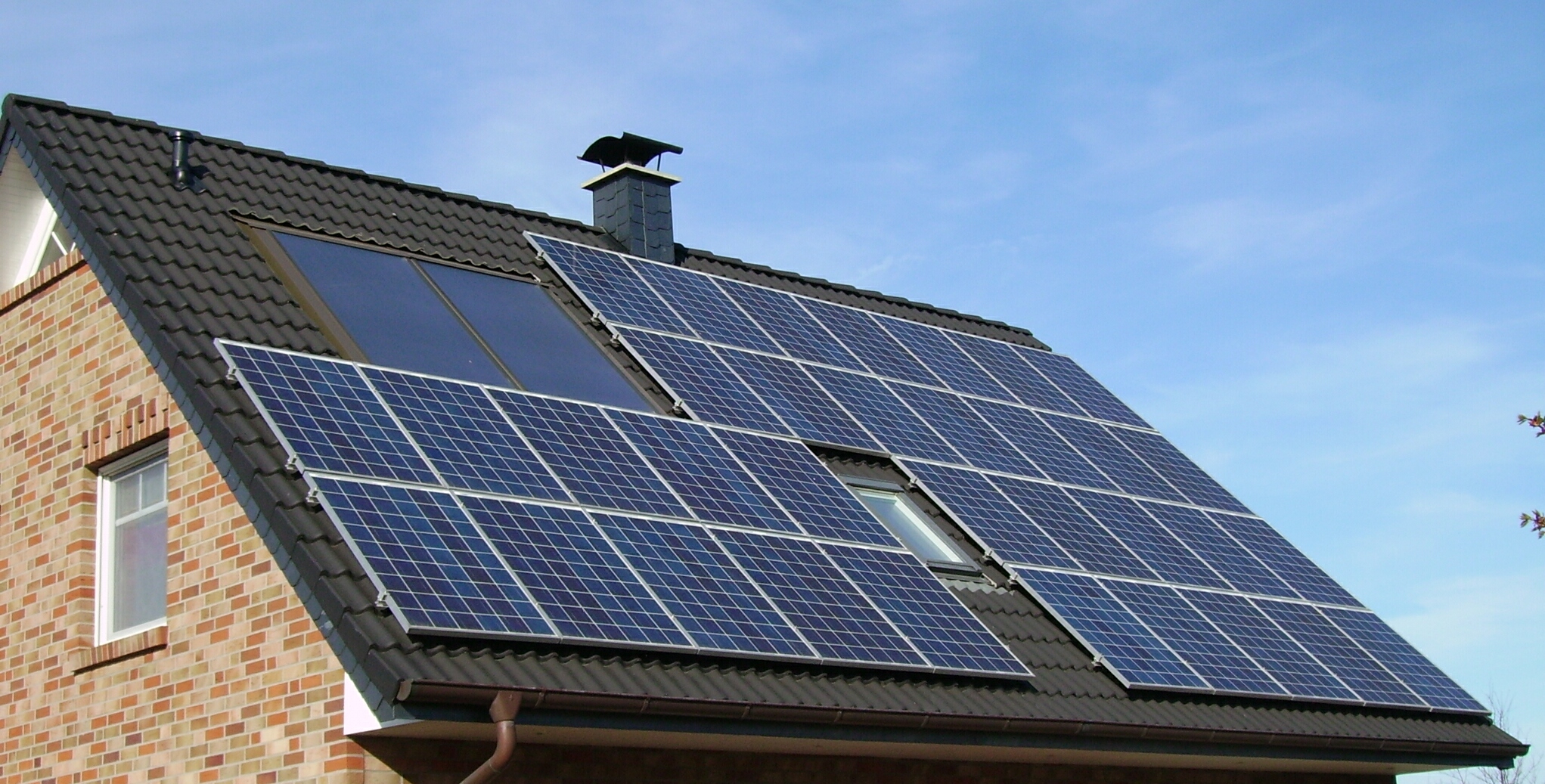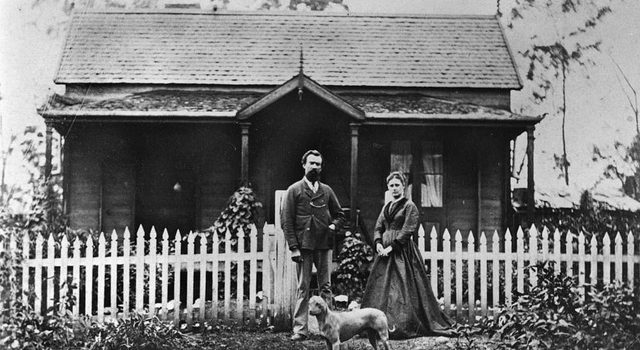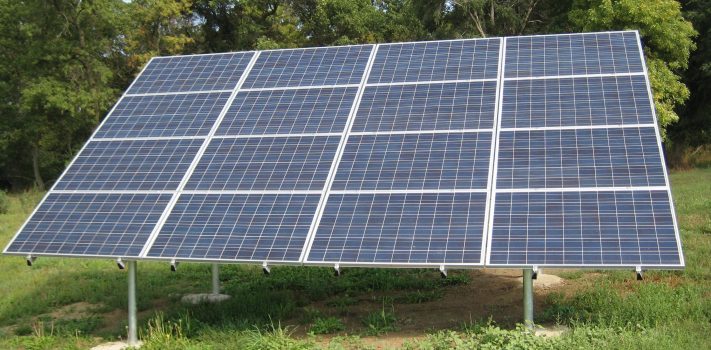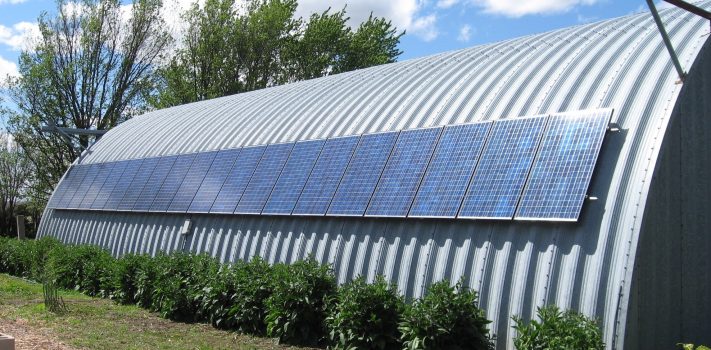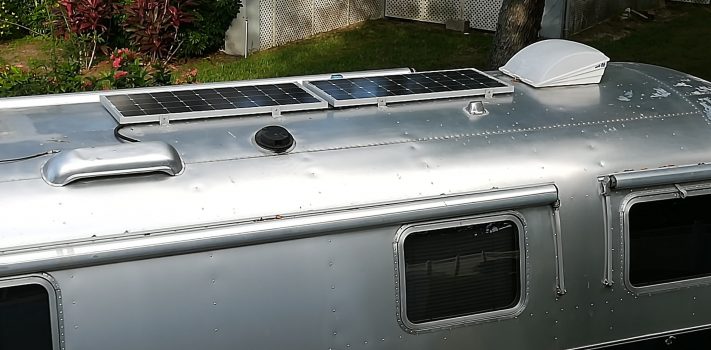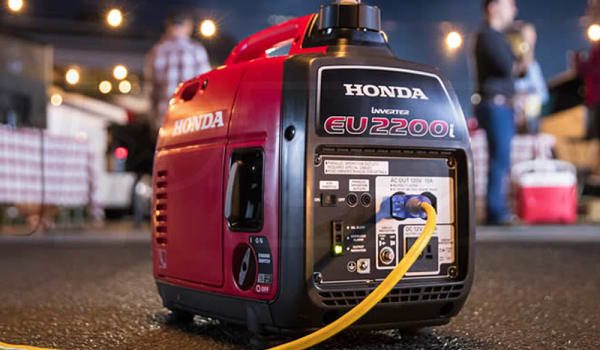A CONEX Cabin at Our BOL, by Montana Guy
Editor’s Introductory Note: This article (in shorter draft form) was originally posted in 2016 at Survivalistboards.com, and is posted with the author’s permission. (He retained his copyright.) Author’s Introductory Caveat: Some government authorities may not allow living like this. It worked for us in Montana but then we chose to not seek permission from them. — Our first Montana winter was spent in an 8′ x 10′ shelter. We survived. And yes, we are still married. This article is directed toward folks who: Live far from where they would like to establish a bug-out, and May want to eventually move …

